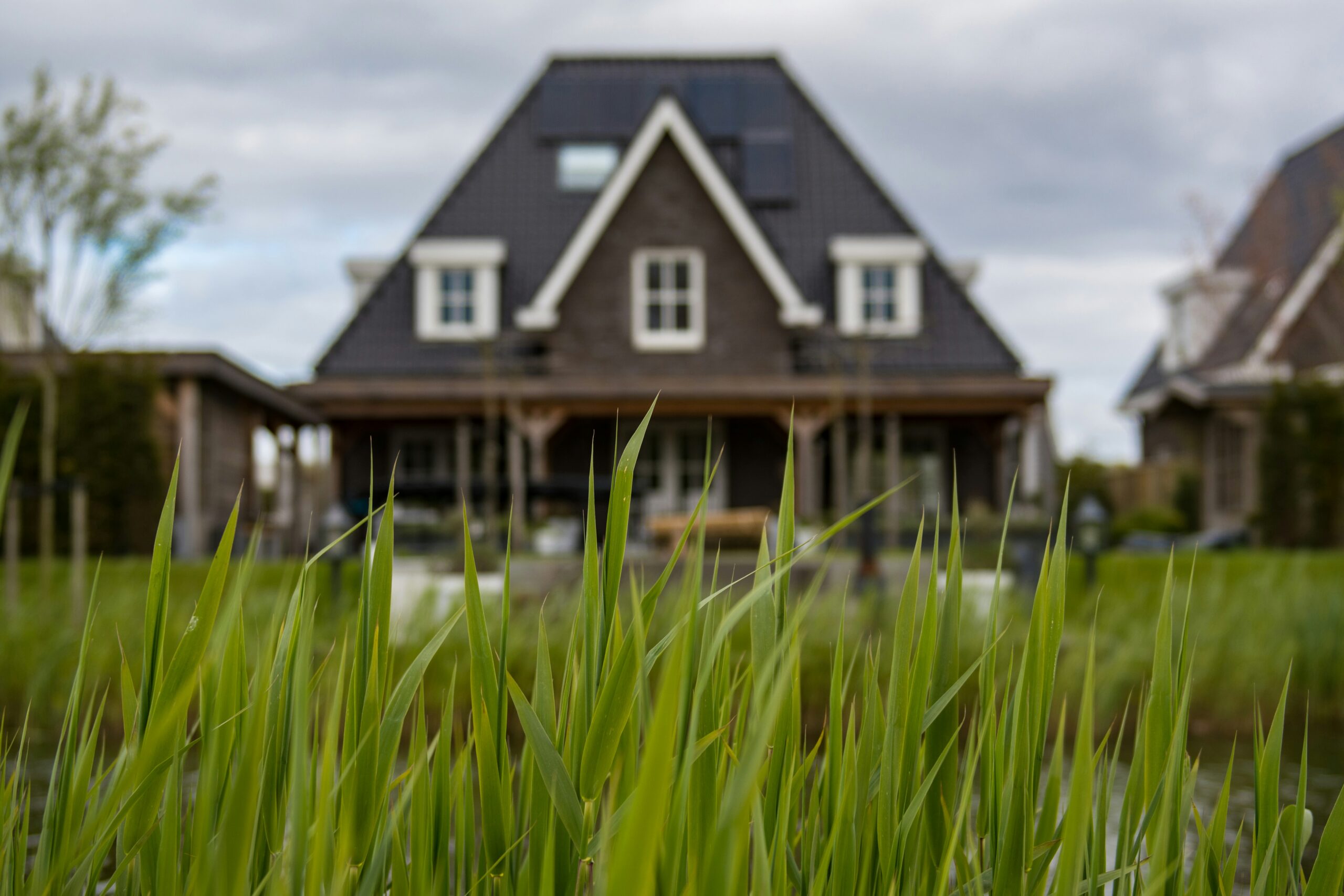Amplified Kitchen Beer Garden: Where Culinary Innovation Meets Community in 2025
Imagine a space where craft beer flows freely, artisanal dishes burst with global flavors, and strangers become friends under twinkling string lights. Welcome to the amplified kitchen beer garden—a concept redefining social dining in 2025. Blending gastro-pub creativity with beer garden camaraderie, these venues are thriving at a 27% annual growth rate, according to the Culinary Trends Institute. But what makes them more than just a trendy hangout? For entrepreneurs and innovators, amplified kitchen beer gardens represent a $4.2 billion market opportunity, driven by demand for experiential dining, sustainable practices, and community-centric spaces. In this guide, you’ll discover how to leverage cutting-edge tech, craft unforgettable menus, and build a brand that turns casual visitors into loyal advocates. Ready to tap into the future? Let’s pour a cold one and dive in.
What Defines an Amplified Kitchen Beer Garden?
At its core, an amplified kitchen beer garden merges culinary artistry with social connectivity. Unlike traditional beer gardens, these spaces prioritize innovation: think AI-driven menu personalization, hyper-local ingredient sourcing, and immersive events like live fermentation workshops. Take BrewCulture in Austin, Texas, which uses IoT sensors to adjust patio temperatures based on crowd density, ensuring comfort even on packed nights. The 2025 consumer craves uniqueness—73% of diners prefer venues offering “something they can’t replicate at home,” per a recent Hospitality Insights survey. Amplified kitchen beer gardens deliver exactly that, pairing small-batch brews with dishes like miso-infused pretzels or blockchain-tracked vegan charcuterie boards.
Top Trends Shaping Amplified Kitchen Beer Gardens in 2025
Staying ahead requires embracing 2025’s defining trends. Sustainability is non-negotiable: 68% of patrons choose venues with zero-waste kitchens. Portland’s Hops & Heritage diverts 98% of its waste via compostable packaging and spent-grain partnerships with local farms. Tech integration is equally vital. Augmented reality (AR) menus, like those at Berlin’s BierLab, let guests visualize dishes in 3D before ordering. Meanwhile, dynamic pricing apps adjust beer costs in real-time during peak hours, maximizing revenue. Don’t overlook community-building either. Monthly “Brewmaster Meetups” or collaborations with indie musicians can boost retention by 40%, as seen at Denver’s The Fermentory.

Building Your Amplified Kitchen Beer Garden: A 5-Step Blueprint
Step 1: Curate a Hyper-Local Menu
Partner with nearby farms and craft breweries to create seasonal rotations. Chicago’s Prairie Fire Kitchen sources 90% of its ingredients within 50 miles, slashing costs and carbon footprints. Step 2: Leverage Smart Tech
Install self-pour taps with RFID wristbands to cut wait times and gather data on preferences. Step 3: Design for Flexibility
Modular seating and retractable roofs cater to weather shifts and events—key for year-round operation. Step 4: Foster Community
Host trivia nights, homebrew competitions, or pop-up markets to become a neighborhood staple. Step 5: Optimize Sustainability
Adopt solar-powered brewing systems and biodegradable serveware. Detroit’s Motor City Garden reduced energy bills by 35% using these tactics.
Amplified Kitchen Beer Garden Success Stories
Proof of concept? Look no further than Seattle’s Evergreen GastroBrew. By integrating a nano-brewery with a farm-to-table kitchen, they’ve achieved 92% customer satisfaction and $2.8 million annual revenue. Then there’s Barcelona’s La Terraza Amplificada, which gamified its loyalty program using NFTs, rewarding top patrons with exclusive brews and chef’s table access. These innovators prove that blending creativity with tech isn’t just profitable—it’s transformative.
Essential Tech Tools for Amplified Kitchen Beer Gardens
Outfit your venue with tools like Toast POS, which syncs inventory with recipe apps to prevent stockouts. Smart kegs from KegTracker monitor beer levels and automatically reorder supplies. For ambiance, Philips Hue lights can shift hues to match events—think Oktoberfest oranges or St. Patrick’s Day greens. Meanwhile, chatbots like BrewBot handle reservations and dietary queries, freeing staff to focus on hospitality.
The Future of Amplified Kitchen Beer Gardens: 2026 and Beyond
Expect AI-driven flavor profiling to dominate, where algorithms suggest beer-pairing menus based on a guest’s taste history. Vertical hydroponic gardens will let venues grow herbs onsite, while blockchain transparency ensures every ingredient’s origin is traceable. As virtual reality (VR) matures, “digital beer gardens” could let global patrons socialize in metaverse replicas of your space. The key? Stay agile, experiment boldly, and keep community at your core.
Conclusion: Raise a Glass to the Future
The amplified kitchen beer garden isn’t just a trend—it’s a movement. By merging tech, sustainability, and human connection, these spaces are rewriting the rules of dining. Whether you’re a restaurateur, investor, or craft beer enthusiast, now’s the time to seize this opportunity. Start small, think big, and remember: the best innovations are those that bring people together. Ready to build your own amplified kitchen beer garden? Share your vision with us, and let’s shape 2025’s culinary landscape—one pint at a time.